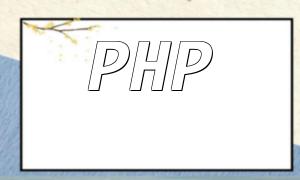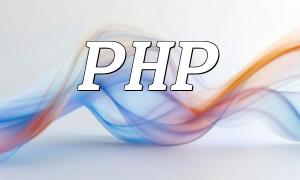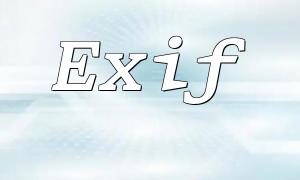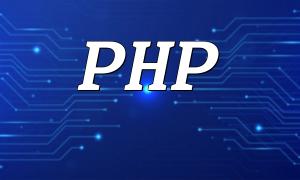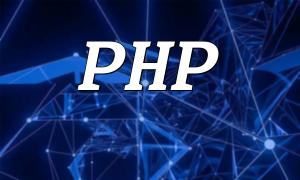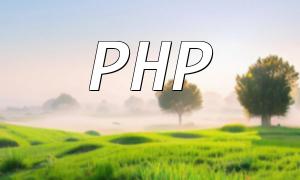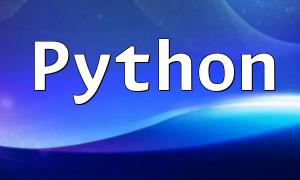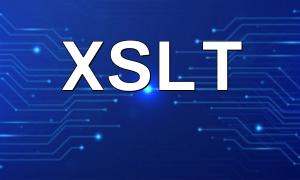As the internet continues to evolve, the demand for websites and applications is increasing. To improve development efficiency and code maintainability, many developers have begun using various frameworks to simplify the development process. PHP, as a widely-used scripting language, has many mature frameworks such as Laravel, Symfony, and CodeIgniter. This article will introduce the development and usage of PHP frameworks.
Section 1: Overview of PHP Frameworks
A PHP framework is a development tool built on the PHP language that provides a set of functional modules and tools to simplify the web application development process. Frameworks abstract common development patterns, security features, database operations, user management, etc., allowing developers to quickly build feature-rich, scalable, and maintainable applications by utilizing these functions.
One of the most popular PHP frameworks is Laravel. It is a free and open-source framework widely used by both large enterprises and small teams. Laravel provides a clean and easy-to-understand code structure, enabling users to quickly build high-performance, stable, and reliable web applications.
Section 2: PHP Framework Development
During the development of a PHP framework, we need to consider the following key components: Routing, Controllers, Models, and Views.
- Routing: Routing refers to the process of mapping HTTP requests to the corresponding code logic. By defining routing rules, different URLs can be mapped to specific controller methods. PHP frameworks typically provide a Router class to manage these routing rules and handle various requests.
- Controllers: The controller is the key component responsible for handling user requests and returning responses in a framework. In controllers, developers can write business logic code and pass data to the user interface through models and views. Controllers usually contain multiple methods, each corresponding to a different user request.
- Models: The model is responsible for interacting with the database in a framework. In the model, we can define relationships between tables, data validation rules, and query methods. Through models, database operations such as inserting, updating, and deleting data are made easy.
- Views: Views are components responsible for rendering the final user interface of a web application. In views, we can use front-end technologies like HTML, CSS, and JavaScript to build pages. PHP frameworks often provide a template engine to simplify the development of views.
Section 3: Using PHP Frameworks
Using PHP frameworks can significantly improve development efficiency and code quality. Here are some of the advantages of using frameworks:
- Increased Development Efficiency: Frameworks provide many ready-to-use modules and tools, allowing developers to quickly build feature-rich applications. Developers can focus on implementing business logic without needing to rewrite repetitive code.
- Improved Code Maintainability: Frameworks help make code more standardized, understandable, and maintainable. They usually follow certain design patterns and programming conventions, making the code more extensible and reusable.
- Rich Functional Modules: PHP frameworks often come with many built-in modules, such as user authentication, permission management, email sending, and caching. Developers can use these modules easily with simple configuration and calls, without needing to write complex code themselves.
Conclusion
The development and usage of PHP frameworks are essential for improving web application development efficiency and code quality. By using frameworks, developers can quickly build high-quality applications and focus more on implementing business logic. When choosing a PHP framework, factors like stability, community support, and documentation should be considered. We hope this article helps readers better understand the development and usage of PHP frameworks.
